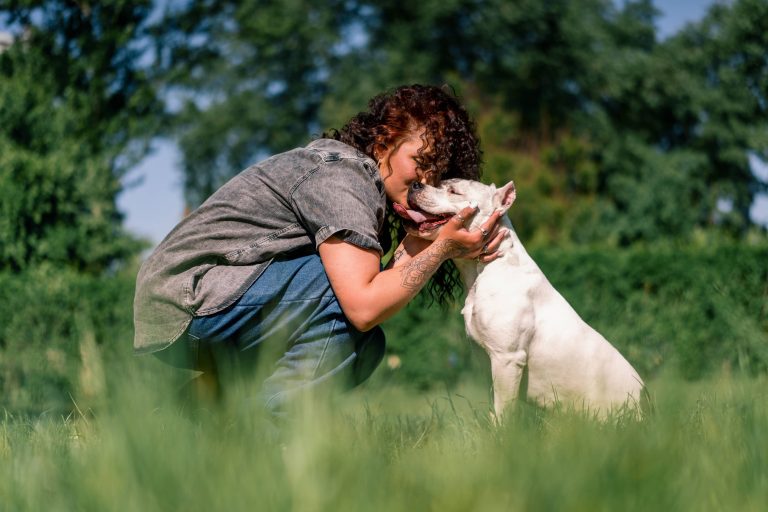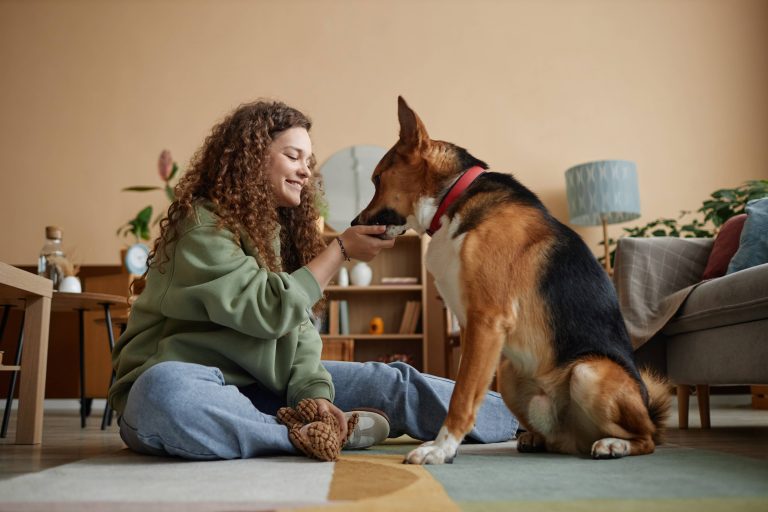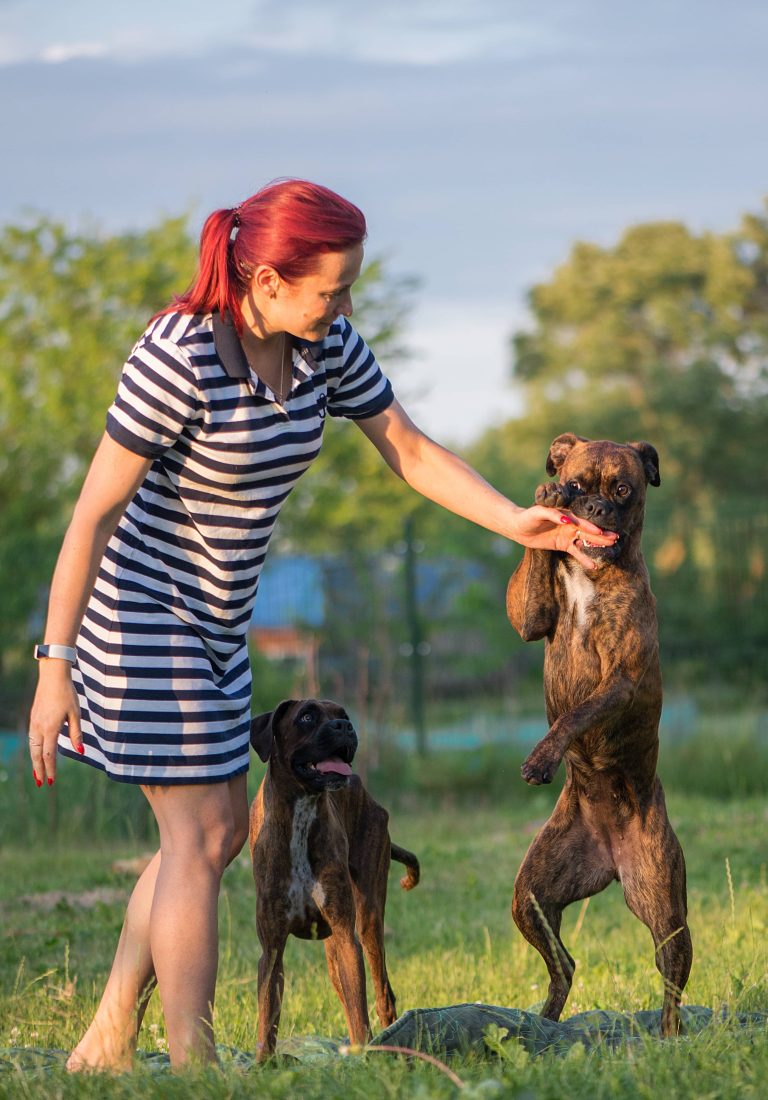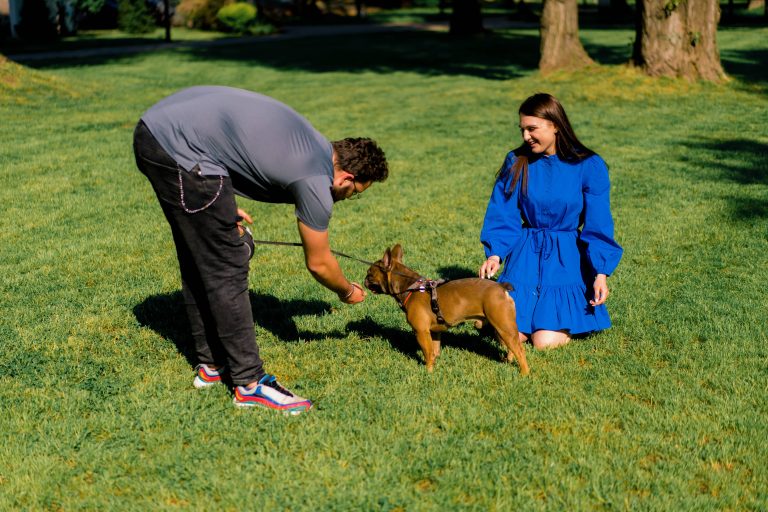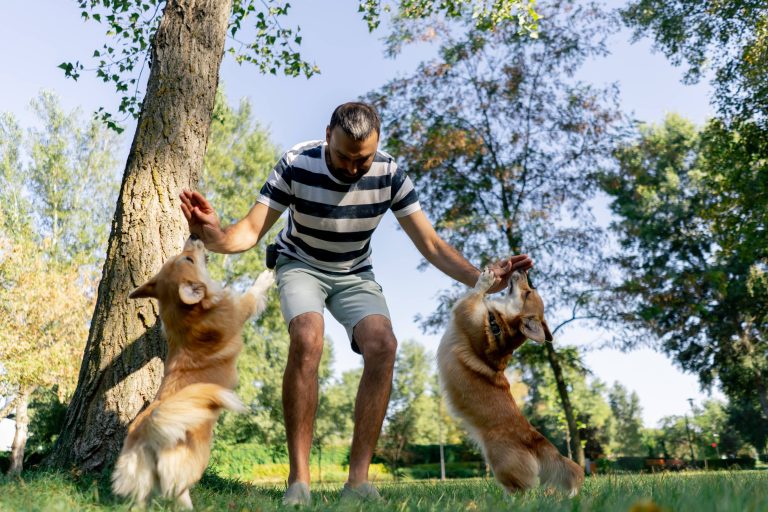Training a Cat Like a Dog: Is It Possible, and How to Do It?
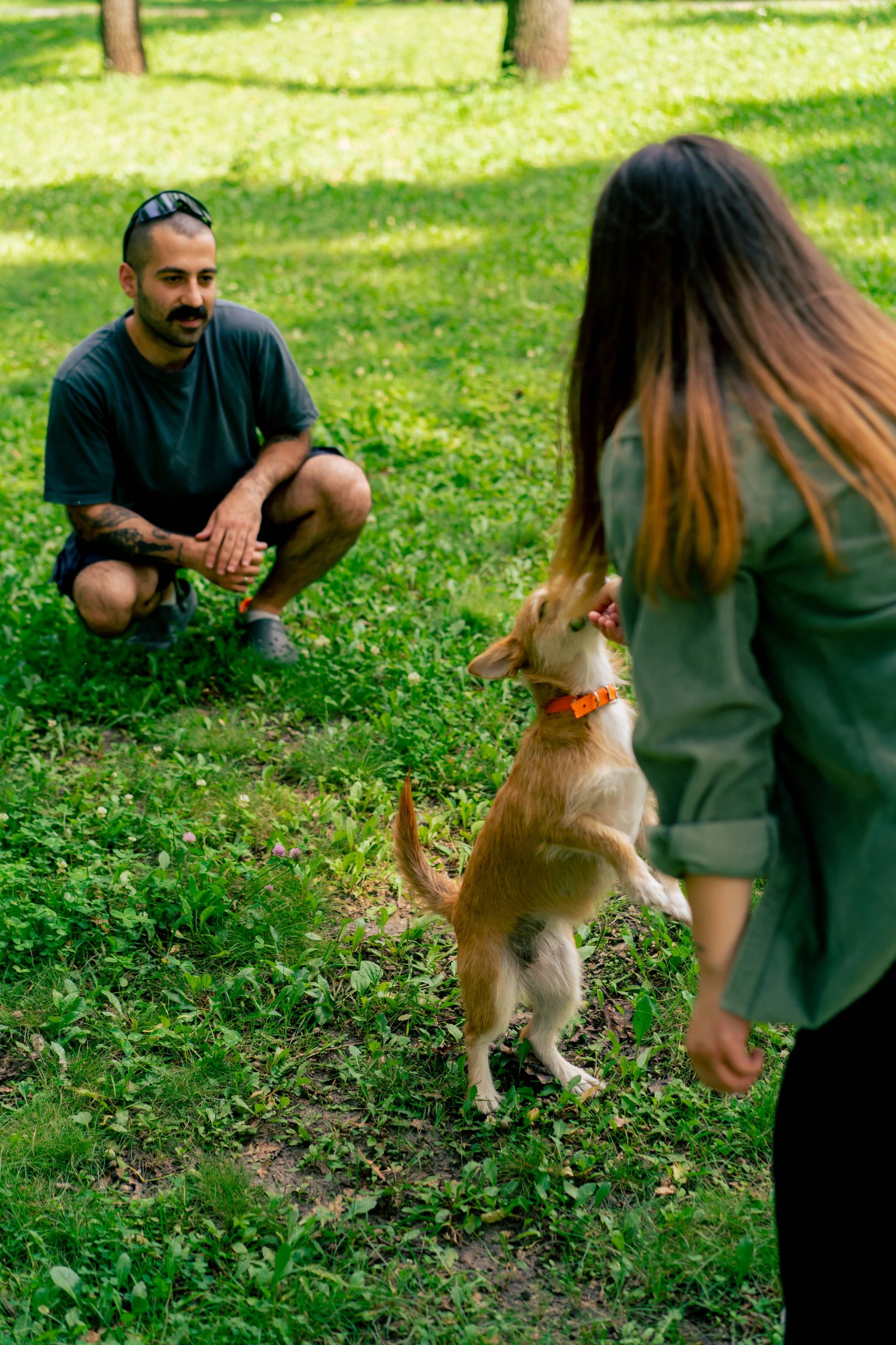
When most people think about training pets, dogs typically come to mind. They’re known for their eagerness to learn tricks, follow commands, and build strong bonds with their owners. Cats, on the other hand, are often seen as independent creatures who value their space and autonomy. But what if you could train a cat to do some of the same things dogs do? Is it possible to train a cat like a dog? The short answer is yes, with patience, consistency, and the right techniques, you can certainly train a cat to perform certain behaviors typically associated with dogs.
Understanding Feline Psychology
Before diving into the ‘how-to’, it’s important to first understand the fundamental differences between cats and dogs. While dogs are pack animals that thrive on social structures and hierarchy, cats are more solitary creatures. Their ancestors were solitary hunters, which is why many cats seem aloof or independent. However, cats are also social animals to an extent; they form bonds with their human families and can be trained effectively through positive reinforcement.
Why Train a Cat?
Training a cat is not just about making parlor tricks that amuse your friends. Training enhances the bond between you and your cat, provides mental stimulation, and can reduce behavioral issues. Teaching a cat to come when called, for example, can ensure their safety when they’re exploring the outdoors or in potentially dangerous situations. Training can also make routine tasks like nail trimming or vet visits simpler and less stressful for both you and your cat.
Getting Started: The Basics of Cat Training
1. Positive Reinforcement: Just like dogs, cats respond best to positive reinforcement. Reward them with treats, praise, and affection when they exhibit the desired behavior. Avoid punishment, as it can lead to stress and behavioral issues.
2. Short Training Sessions: Cats have shorter attention spans than dogs. Keep training sessions brief, around 5-10 minutes, and always end on a positive note.
3. Consistency: Use the same commands and cues consistently. Training should be a part of your daily routine to reinforce learning.
4. Patience: Training a cat takes time. Be ready for gradual progress and occasional setbacks.
Training Techniques: Applying Dog Training Methods to Cats
1. Clicker Training: Clicker training is an effective method for both cats and dogs. The clicker is a small device that makes a clicking sound. The idea is to click at the exact moment your cat performs the desired behavior and then immediately provide a treat. Over time, your cat will associate the clicking sound with positive outcomes and will be more eager to repeat the behavior.
2. Sit Command: Training a cat to sit is one of the simpler commands to start with. Hold a treat just above your cat’s head and move it slightly back. As your cat follows the treat with their eyes, their hindquarters will naturally lower into a sitting position. The moment they sit, click (if you’re using a clicker) and reward them with the treat. Repeat this several times daily until your cat sits on command without the treat.
3. Come When Called: Start by calling your cat’s name in a cheerful, enthusiastic tone and immediately rewarding them with a treat when they come to you. Gradually increase the distance between you and your cat, continuing to reward them when they respond correctly. Consistency is key, and over time, your cat will learn to come when called.
4. High-Five: Teaching your cat to high-five can be a fun party trick. Hold a treat in your closed fist and let your cat sniff it. When your cat reaches out with their paw, click and reward them. Gradually introduce the command “high-five” as your cat starts to understand the behavior.
Dealing with Challenges
Training a cat can come with its own set of challenges. If your cat seems uninterested, try using different treats or training at a different time of day. Pay attention to your cat’s body language and be mindful of their limits. If your cat is getting stressed or agitated, it’s time to take a break.
Understanding that each cat is unique is crucial. Some cats may take to training quickly, while others might need more time. Tailor your approach to suit your individual cat’s personality and preferences.
The Importance of Socialization
Socializing your cat is another important aspect of training that is often overlooked. Exposing your cat to different environments, people, and animals in a positive way can reduce fear and anxiety. Start by introducing your cat to new experiences gradually and always offer plenty of rewards and reassurance.
Bridging the Gap between Cats and Dogs
While it’s important to acknowledge that cats are not dogs and we should respect their unique traits and characteristics, there’s no reason why we can’t apply some similar training methods to reap the benefits. Training a cat like a dog can not only make life easier for you as a pet owner but can also enhance the quality of life for your feline friend. The key is to approach training with understanding, patience, and positivity.
In conclusion, training a cat like a dog is not only possible but can be highly rewarding. Through the use of positive reinforcement, consistency, and short, engaging training sessions, you can teach your cat a variety of behaviors that enrich your lives together. Whether you’re teaching essential commands or fun tricks, the process of training strengthens the bond between you and your pet while providing them with much-needed mental stimulation. So, grab some treats, a clicker, and your favorite feline friend, and start your training journey today!
